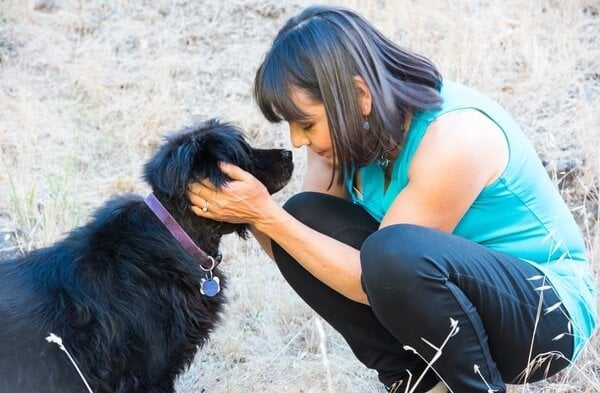
Shockingly, pressure to raise shelter “save rates” actually increases the “pet” overpopulation crisis. How? To reduce the number of animals it euthanizes, a shelter must reduce the number of animals it takes in by charging high “surrender” fees, putting people on waiting lists, sending unsterilized animals to “foster” homes and more. Many people cannot afford high fees, and those evicted from their own homes or entering a women’s shelter or nursing home can’t wait for weeks or months for their animal to be admitted.
Cities learn the hard way that to play the “high-save-rate” game, something has to give. Because the number of homeless animals far exceeds the number of available homes, no matter what is done to try to conjure up more adopters, facilities are always full. Sick, injured, old, aggressive and other “unadoptable” animals are turned away – since accepting them would hurt the “save” statistics.
Shelter operating hours are also often reduced to decrease intake, leaving anyone who can’t take time off during the day out of luck. Elderly people on a fixed income and others who cannot afford the fees charged by veterinarians for euthanasia are left with nowhere to take their old and ailing dog or cat for a merciful release.
In San Antonio, Texas, where the shelter has gone “no-kill” and many strays are left to fend for themselves, animal wardens report that thousands of stray animals are breeding, forming packs and dying on the streets, with more than 28,000 dog and cat bodies scraped up in the last year alone.
Shelters trying to achieve a high “save” rate invariably stop requiring verification that previous animal companions have received veterinary care and stop conducting even basic home checks – vital safeguards that prevent animals from falling into the hands of people with evil intentions. And animals are handed over to anyone who can “foster” them, including to animal hoarders who stack cages in their house, basement or garage. This situation creates nightmarish scenarios, such as the recent Florida case in which 100 cats burned to death inside individual plastic crates, unable to flee as the plastic melted onto them, and the Angel’s Gate “animal hospice” in New York, where police found caged animals who had died in agony without veterinary care. Every week brings news of more little houses of horror.
Shelters that cram more animals into runs and cages than can safely be accommodated become so severely crowded that the dogs fight and injure themselves, the cats contract upper respiratory infections and disease outbreaks sicken healthy animals, as has happened in Washington, D.C., and is happening in Hillsborough and Miami-Dade counties in Florida now. In Austin, Texas, the city shelter stopped accepting cats and then, two weeks later, dogs. Where do they all go? In parts of Oregon where shelters have stopped accepting stray cats, they go into the woods or into a bucket of water.
There are literally hundreds more unwanted animals born every minute of every day. Once every available home or basement has been filled with animals from the shelter, where are all the new animals and their litters going to go?
What’s a community to do? To truly save dogs’ and cats’ lives, let’s reject this shelter “save-rate” nonsense and get to the root of the problem: the population explosion. Open-admission shelters, solid animal-control services, community education and reduced-cost spay-and-neuter programs are the keys to a real “save” rate.





